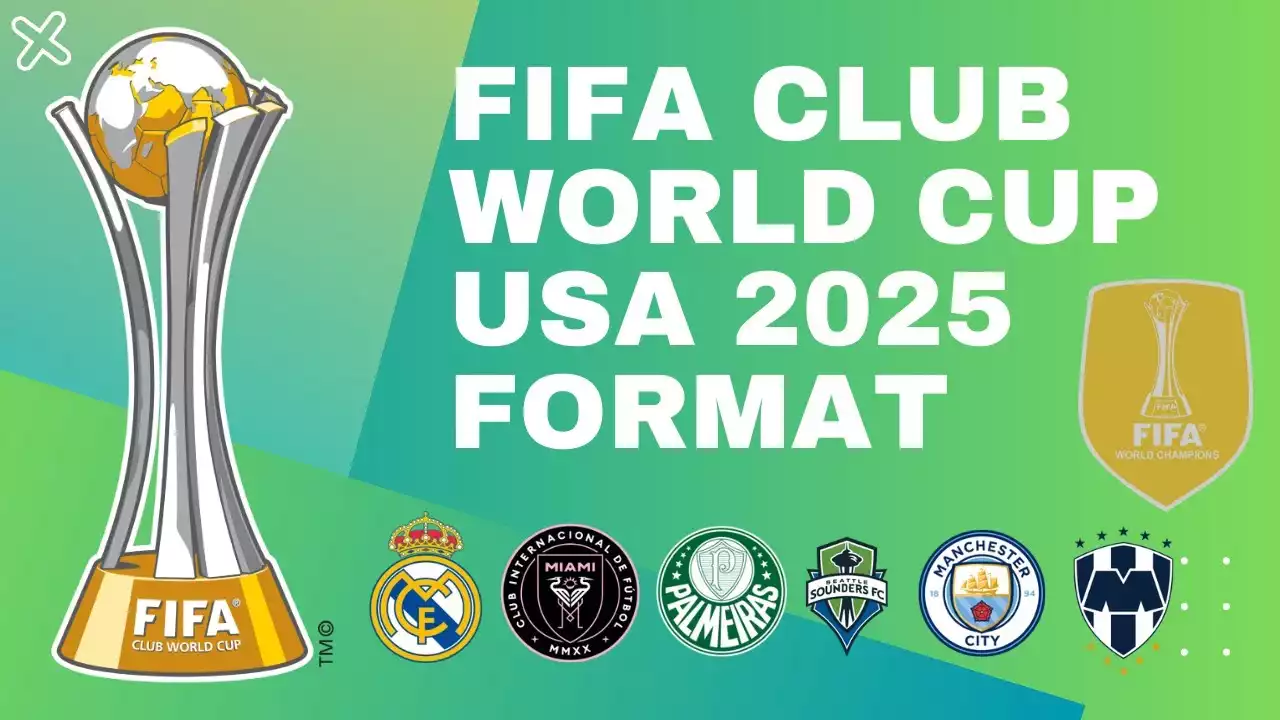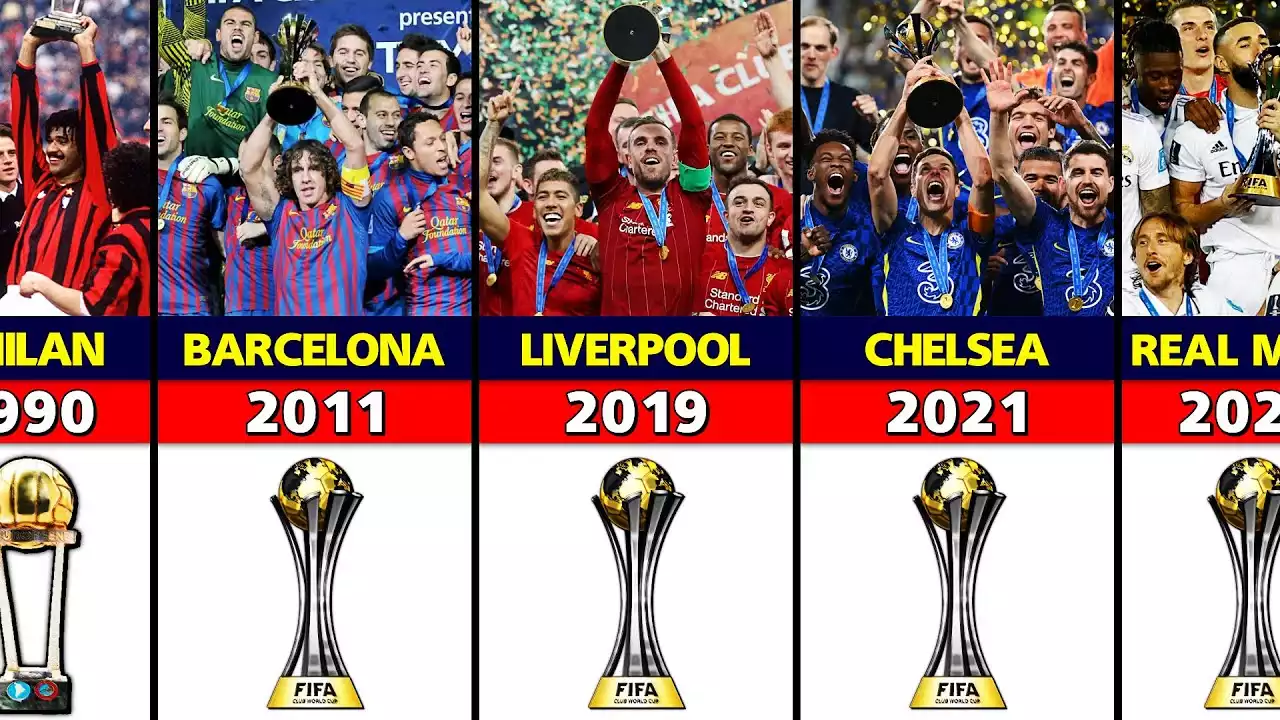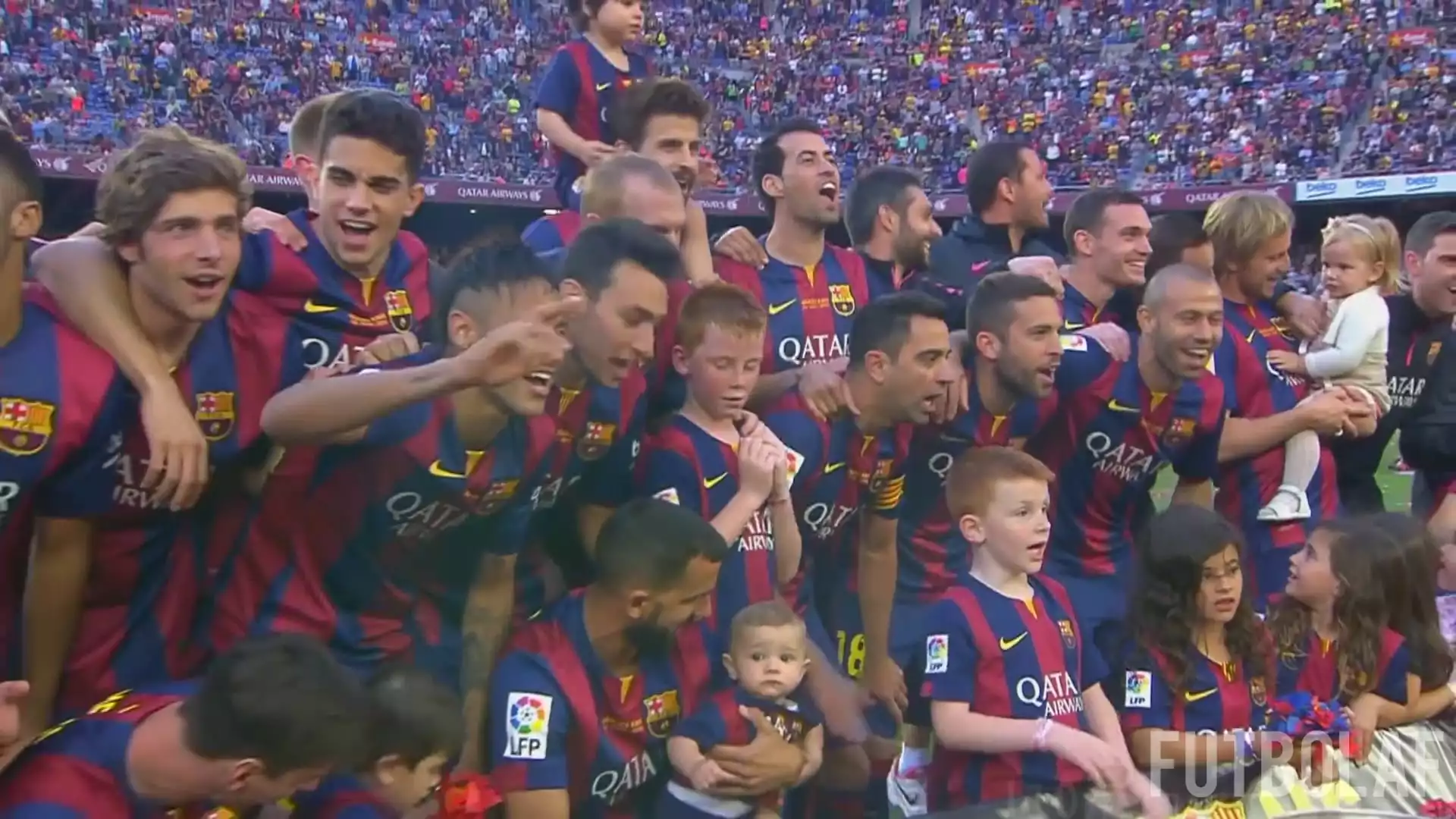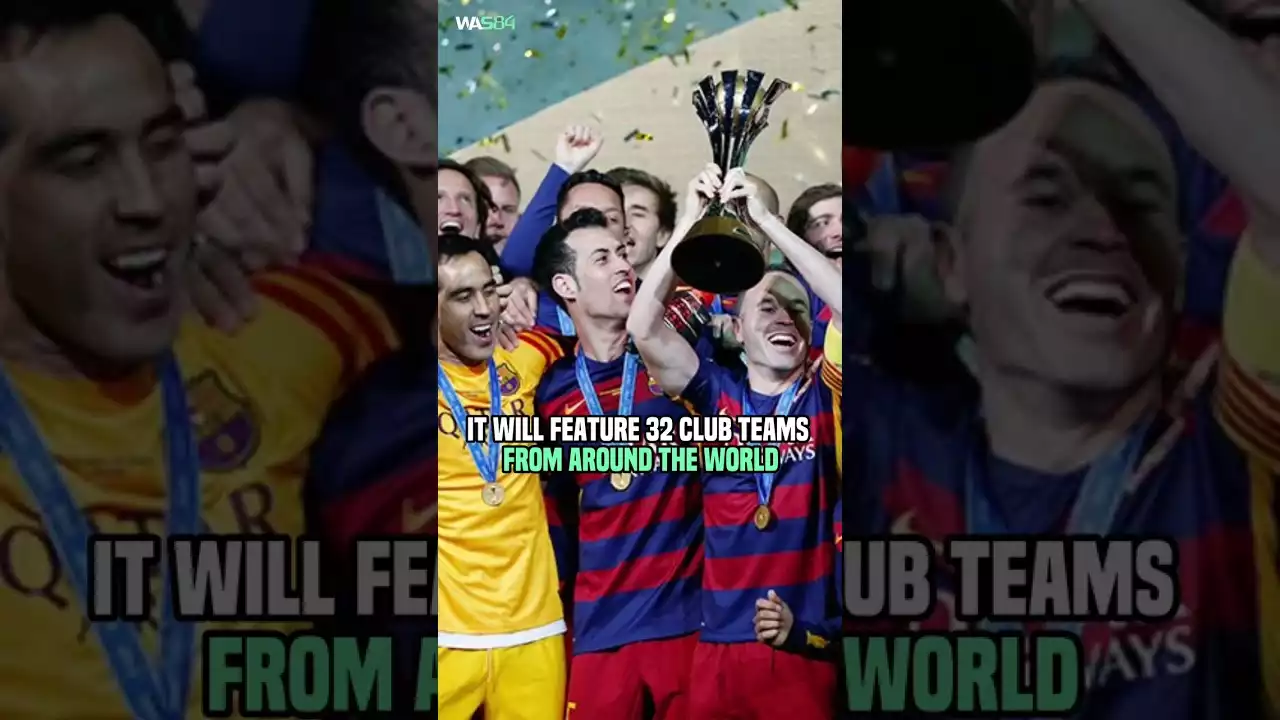Historical Overview of the FIFA Club World Cup format
The history of the FIFA Club World Cup can be traced back to its predecessor, the Intercontinental Cup. The Intercontinental Cup was first introduced in 1960 as a competition between the winners of the European Cup (now the UEFA Champions League) and the Copa Libertadores, the premier club tournament in South America. The tournament was initially a two-legged affair, with the European and South American champions facing off against each other.
Over the years, the Intercontinental Cup gained popularity and started to include teams from other continents. In 1973, the tournament expanded to include teams from North America, Asia, and Africa, making it a truly global competition. However, the format remained largely the same, with the winners of the European and South American club competitions still participating in the final.
Changes in the FIFA Club World Cup format over the years
In 2000, FIFA recognized the need for a more inclusive and comprehensive tournament to determine the true world club champions. This led to the creation of the FIFA Club World Cup, which replaced the Intercontinental Cup. The inaugural FIFA Club World Cup was held in Brazil in 2000 and featured teams from six confederations: UEFA, CONMEBOL, CAF, AFC, CONCACAF, and OFC.
Initially, the tournament followed a knockout format, with the champions of each confederation competing in a series of matches to determine the winner. However, in 2005, FIFA introduced a new format that included a group stage, allowing for more matches and increased excitement for fans. This change also ensured that each participating team had the opportunity to play at least two matches.
Factors influencing the evolution of the FIFA Club World Cup format
Several factors have influenced the evolution of the FIFA Club World Cup format. One major factor is the increasing globalization of football. With the sport gaining popularity in new markets and continents, FIFA saw the need to include teams from all confederations in order to truly determine the best club team in the world.
Another factor is the commercialization of football. The FIFA Club World Cup provides a lucrative opportunity for clubs to showcase their talent on a global stage and attract new fans and sponsors. As a result, FIFA has made efforts to expand and improve the tournament in order to maximize its commercial potential.
The current format of the FIFA Club World Cup
The current format of the FIFA Club World Cup features seven teams: the champions of each confederation, along with the host nation's league champions. The tournament begins with a play-off match between the host nation's champions and the champions of the OFC. The winner of this match progresses to the quarter-finals, where they join the champions of the remaining confederations.
The quarter-finals and semi-finals are played in a knockout format, with the winners advancing to the final. The losing teams from the quarter-finals and semi-finals also play a match to determine third place. The final match determines the world club champions.
Criticisms and controversies surrounding the current format
Despite its growth and popularity, the current format of the FIFA Club World Cup has faced criticisms and controversies. One major criticism is the lack of competitiveness in some matches, particularly in the earlier rounds. The champions of certain confederations often face significant challenges when competing against the powerhouses of European and South American football.
Another criticism is the scheduling of the tournament. The FIFA Club World Cup is typically held in December, which clashes with the domestic league schedules of many participating teams. This has led to clubs prioritizing their domestic campaigns over the Club World Cup, resulting in weaker squads and less competitive matches.
Proposed changes for the future of the FIFA Club World Cup
To address these criticisms and improve the overall quality of the tournament, FIFA has proposed changes for the future of the Club World Cup. One proposed change is the expansion of the tournament to include more teams. This would increase the competitiveness and provide more opportunities for clubs from smaller confederations to participate.
Another proposed change is the introduction of a new format, similar to that of the FIFA World Cup, with group stages followed by knockout rounds. This would ensure that each team plays a minimum number of matches and increase the excitement for fans.
The impact of the new format on participating teams and fans
If implemented, the proposed changes could have a significant impact on participating teams and fans. The expansion of the tournament would give smaller clubs the chance to compete against some of the world's best teams, providing exposure and potential financial benefits. For fans, the new format would offer more matches and a greater variety of opponents, enhancing the overall viewing experience.
However, there are concerns that the proposed changes could dilute the quality of the tournament and diminish its appeal. It is crucial for FIFA to strike a balance between inclusivity and competitiveness in order to maintain the prestige and integrity of the Club World Cup.
Comparisons with other international club competitions
The FIFA Club World Cup is not the only international club competition in existence. Other tournaments, such as the UEFA Champions League and Copa Libertadores, also showcase the best club teams from their respective confederations. These competitions often draw comparisons with the Club World Cup, with debates arising about which tournament is more prestigious.
While the UEFA Champions League and Copa Libertadores are widely regarded as the pinnacle of club football in Europe and South America respectively, the Club World Cup provides a unique opportunity for teams from different continents to compete against each other. It serves as a platform for clubs to prove their worth on a global stage and be recognized as the true world champions.
The future of the FIFA Club World Cup format
The FIFA Club World Cup has come a long way since its inception as the Intercontinental Cup. The tournament has evolved and adapted to meet the changing demands of the game, becoming a true celebration of global football excellence. While criticisms and controversies have arisen, FIFA's proposed changes offer the potential to enhance the tournament and address these issues.
As football continues to evolve, so must the Club World Cup. It is crucial for FIFA to strike a balance between inclusivity and competitiveness, ensuring that the tournament maintains its prestige and integrity. With the right changes and improvements, the FIFA Club World Cup has the potential to continue captivating football fans worldwide and cement its place as the ultimate showcase of club football excellence in the world.










